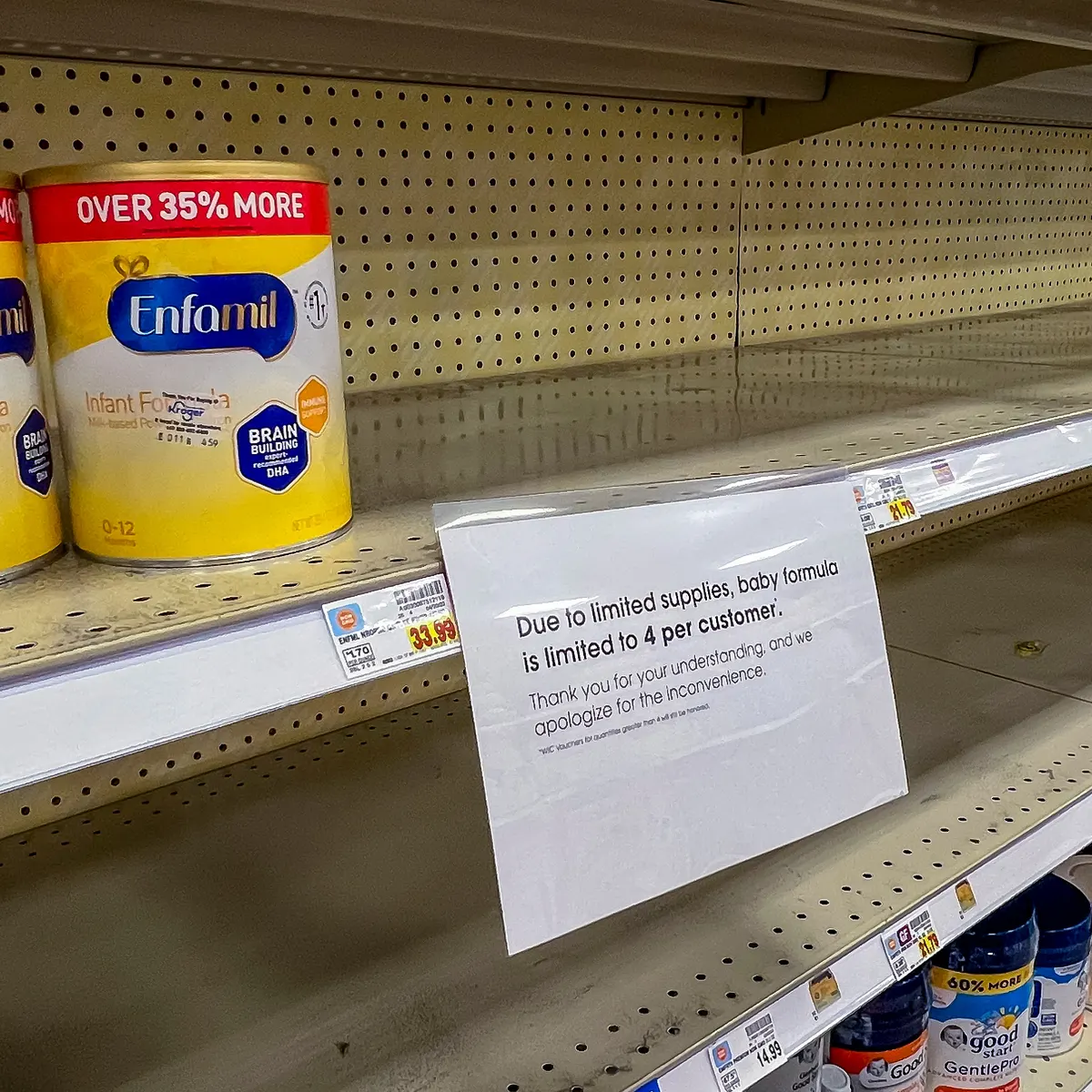The global inflation crisis goes from bad to worse. War in Ukraine, lockdowns in China, and COVID-19-related supply chain disruption continue to cause problems, sending prices spiraling all around the world.
In the U.S., the annual inflation rate hit 8.6% in May, the highest level seen since 1981, prompting the U.S. Federal Reserve to raise interest rates for the third time this year, by 0.75 percentage points. In Europe, U.K. inflation is expected to hit 11% by autumn, while the eurozone has seen price rises hit 8.1%, the highest level seen since the launch of the euro. On the other side of the world, inflation is heading towards 7% in both Australia and New Zealand.
Consumer-facing businesses such as consumer packaged goods (CPG) suppliers and retailers are finding it difficult to cope with surging inflation. Their own costs are rising rapidly, with inflation running particularly high in staple ingredients – wheat prices, for example, have doubled this year. But they are nervous about passing on too much cost to customers, for whom a cost-of-living crisis is rapidly intensifying.
CPG businesses and retailers are already seeing consumers taking action in the face of soaring prices. In particular, we are seeing a shift from branded products towards own-label purchases and value lines. In the U.K., for example, retail analyst Kantar reports that sales of branded products fell by 1% in the 12 weeks to June 12, while own-label sales rose 2.9%, and value own-label lines jumped by 12%. U.S. analysts report a similar trend.
In such a marketplace, there is no escape for suppliers and retailers; every business is affected, from the multinational CPG companies to the smallest independents. And it is not just cost that worries the industry – the supply chain disruption feeding into higher inflation is so acute in some areas that it is actually causing product shortages.
Some of those shortages have become high-profile – there is widespread concern about the supply of products such as baby formula. But those headline-grabbing stories mask a much broader problem: in the first week of April, says analyst Datasembly, about a third of grocery products consumers browsed were out of stock.

In other words, the CPG sector is facing a perfect storm. Producers are struggling to source the ingredients they need for manufacturing and are paying high prices when they can get what they need. They are desperate to keep production going in order to avoid retailers going elsewhere in their categories but must decide how much extra cost they can pass on. Retailers, meanwhile, have their own challenges keeping shelves stocked – and must also make tough calls about pricing and margins as consumers struggle to pay more.
How, then, do suppliers and retailers get through this inflation spike? Here are seven tips that could help:
- Be selective about price rises: Across-the-board price increases are difficult for retailers to accept, and consumers can be alienated. That means you need a more tailored solution, with price increases targeted at the products where you have the most pricing power.
- Be convincing: Suppliers often feel anxious about raising prices and try to skirt around the issue when dealing with retailers and consumers. If you have no choice but to raise prices, explain why, and provide reassuring messaging about how you will continue investing in your products.
- Be creative with the product: We have already seen many CPG companies embrace “shrinkflation” – reducing product sizes to keep prices constant – but there may be more nimble solutions available. For example, are there low-cost, low-effort product or packaging changes you can make to mitigate the need for price increases?
- Be opportunistic: As pricing shifts across entire markets, are there gaps that you can exploit with new launches or product adjustments? For example, as more products move into premium pricing categories, there may be new opportunities to exploit the value end of the market.
- Be scientific: Building more sophisticated models that allow you to scenario plan and develop pricing strategies quickly, will help you respond with greater speed in the current volatile marketplace. Technology can be your friend in this environment – plenty of practical low-cost modeling tools can help producers and suppliers plan more effectively.
- Be aware: It is also crucial to improve supply chain visibility. Develop close relationships with your key suppliers so you have a better idea of problems coming down the track – both shortages and cost rise.
- Be competitive: Keep a close eye on what other producers in your key categories are doing on price – what are they demanding of retailers and consumers? The current environment may be an opportunity to secure commercial advantage, particularly if you can be nimble and smart about pricing across your range of products.

